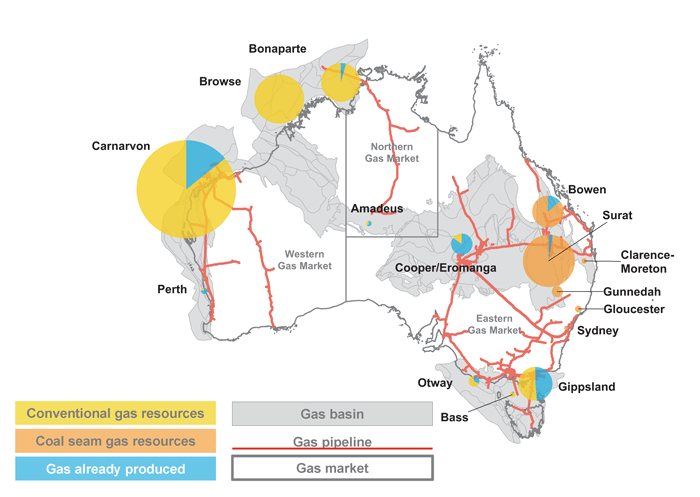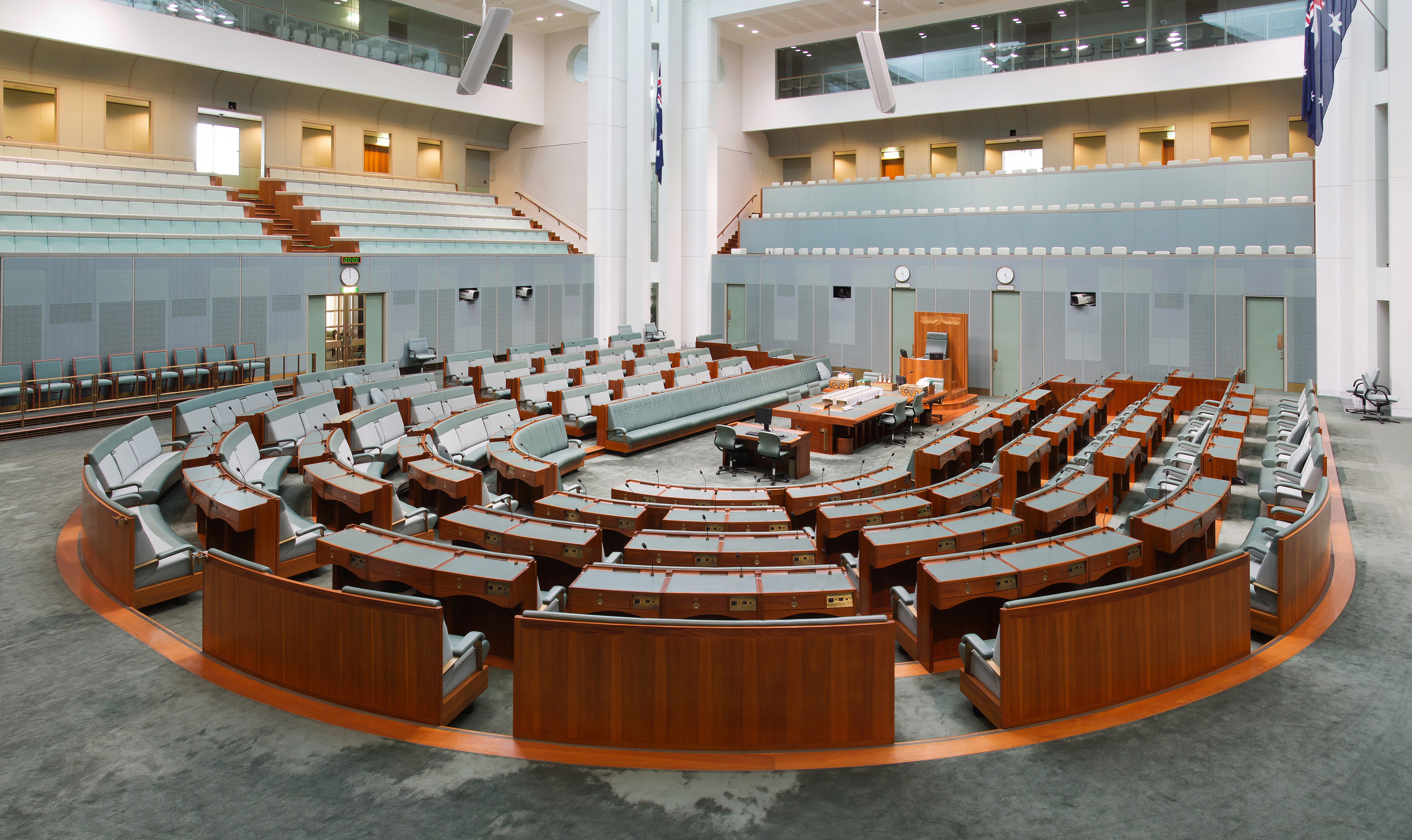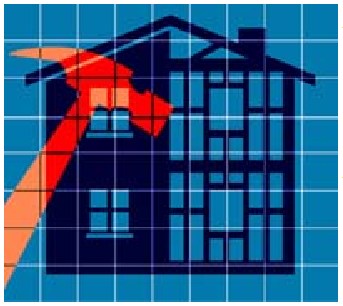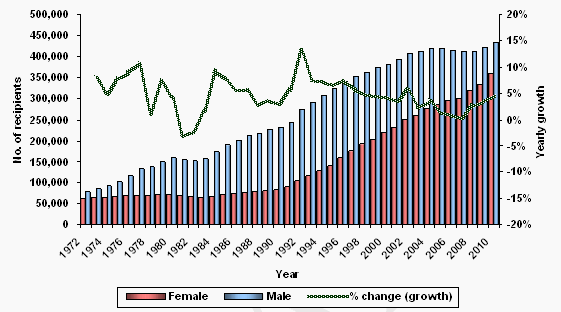Australia’s housing affordability situation is dire, and looks set to worsen. The figures, as outlined in
a recently released AIHW report, are stark. They indicate that between 2001 and 2011 national average house prices increased by 147 per cent, from $169,000 to $417,500, while median household disposable income rose by 57 per cent. Further, the proportion of Australian households in housing stress (that is, spending over 30 per cent of their gross household income on housing costs, either mortgage repayments or rent) has increased from 14 per cent in 1994–5 to 18 per cent in 2011–12, with 2 in 5 (42 per cent) of these being low-income households (in the lowest 40 per cent of the income distribution).
According to the
recently abolished National Housing Supply Council (NHSC) the fundamental problem is one of supply and demand. As a result of a number of factors, chief of which are: Australia’s growing and ageing population; the trend toward smaller household sizes and larger dwelling sizes; major changes in household composition and relationships; taxation policy; land release and zoning; and labour costs, the NHSC argues that housing supply is simply not keeping up with underlying demand. As at June 2011, the Council estimated this shortfall at 228,000 dwellings. It projects growth in the overall gap between demand and supply to increase to 370,000 dwellings by 2016 and 492,000 dwellings by 2021.



_is_launched_from_the_Aegis_cruiser_USS_Lake_Erie_(CG_70)_as_part_of_the_Missile_Defense_Agency's_latest_Ballistic_Missile_Defense_System_(BMDS)_.jpg)





























.jpg/800px-Bali_%E2%80%93_Ground_Zero_Monument_(2692318786).jpg)






.jpg)




.svg/200px-Australia_(orthographic_projection).svg.png)



